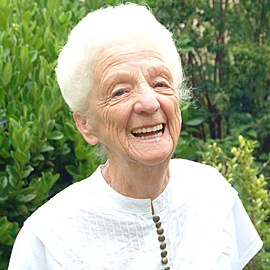Village developers regularly state that they can’t access land for vertical villages because residential developers can pay more for a site as they make better profits, faster sales and obtain easier finance.
Quantity surveyor Matt Hemming of Mitchell Brandtmann, presented a case study comparison on the competing costs of construction of vertical the retirement village versus an apartment block.
His modelling resulted in an average cost of a village unit at $310-380K while the average apartment came out at $215-270K. Why? Two reasons: retirees demand more bedrooms and more facilities, resulting in bigger developments.
Matt gave apartment developers like Australand and Devine as examples who are now building projects with 50+% as one bedder units – which impacts all facilities, down to the number of car parks (ave. 45sqm in car parking in a village Vs 30sqm for an apartment block).
The average size of a village apartment is 75-100 sqm but the apartments now average 55-67sqm across the development.
This makes the average dwelling cost for apartments at $241K versus the average village dwelling costing of $350K. A difference of 45%.
The village has 73 sqm in facility space while the apartment has 53 sqm – 27% less.
His standard ratio of bedrooms looks like:
Village Apartments
1 bedder 10% 56%
2 bedder 74% 42%
3 bedder 17% 2%
While grim on the surface for village developers, the actual cost to build on a per bedroom basis is a different story.
The village cost per bed is $169K compared to the apartment cost at $165K, a small 2% difference.
For retirement village developers, this becomes a marketing challenge. Potential residents selling a three bedroom family home can afford the apartment; demand and action needs to be elevated to create faster sales.






